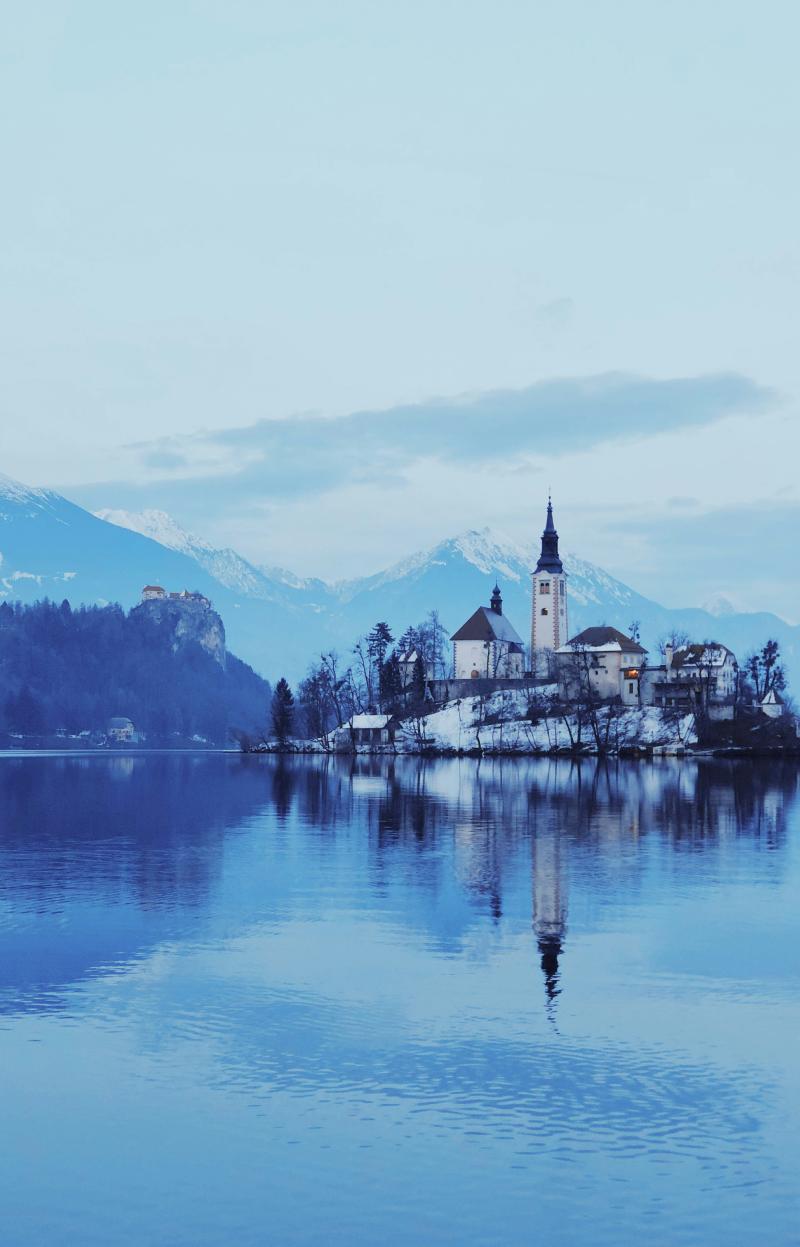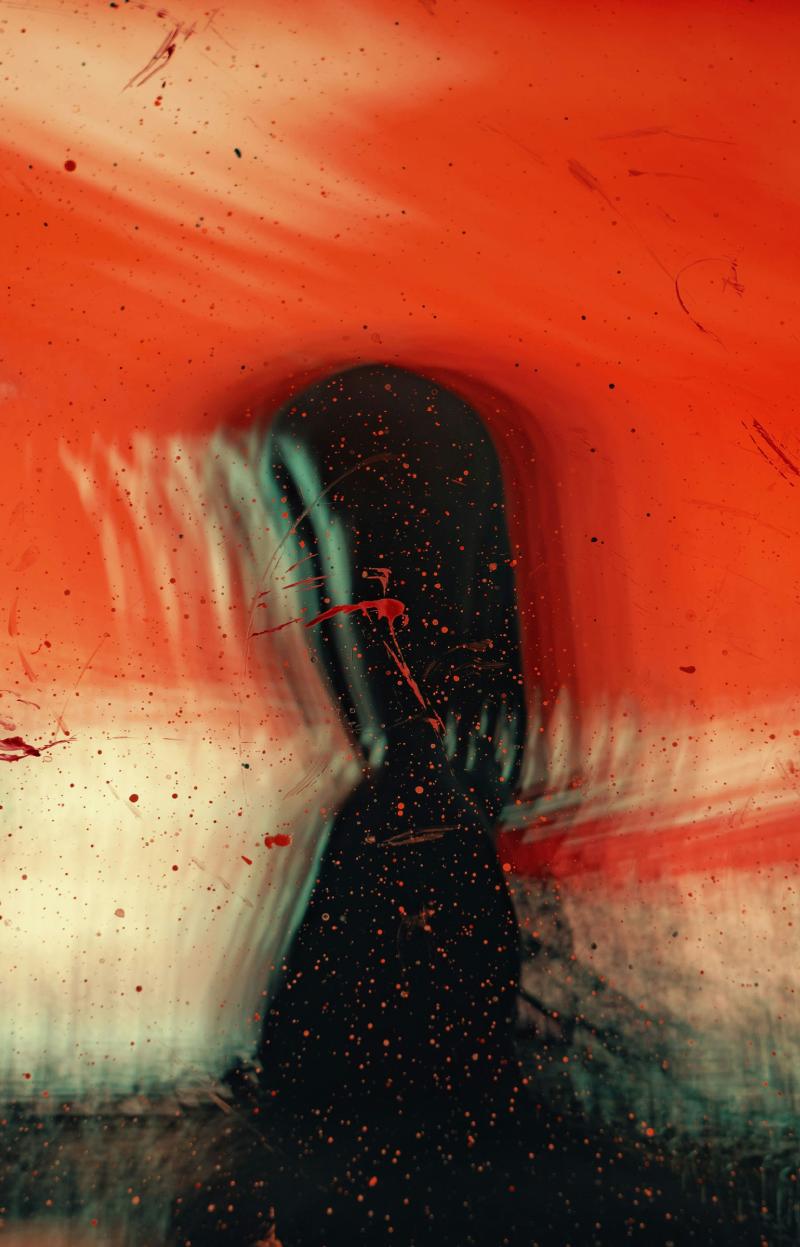“Azur et Asmar”: A Harmonious Symphony of Friendship & Cultural Evolution
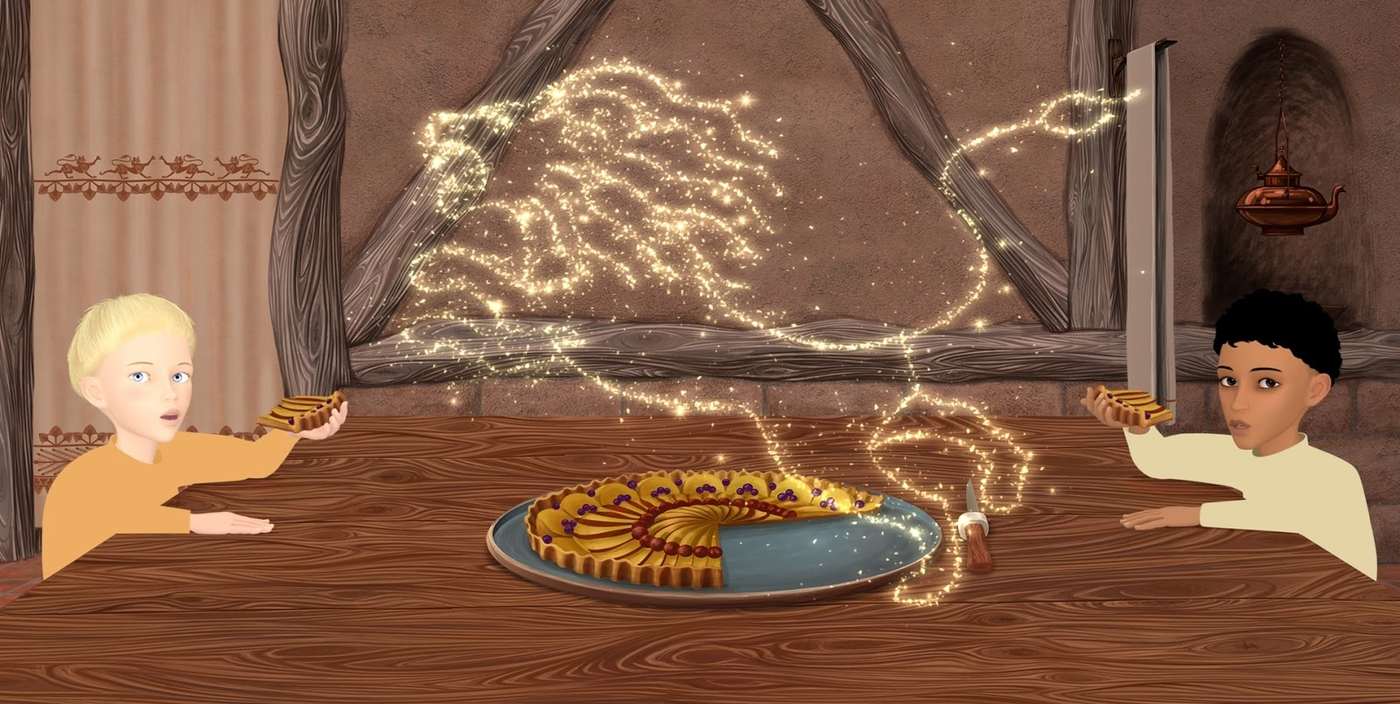
"Azur et Asmar," directed by Michel Ocelot, is a visually stunning animated film that not only captivates audiences with its vibrant colors and captivating animation but also weaves a rich narrative exploring themes of cultural fusion and personal growth. Released in 2006, the film takes viewers on a magical journey that transcends geographical boundaries, telling the tale of two boys, Azur and Asmar, whose destinies become intertwined through a shared childhood and a quest for a legendary fairy.
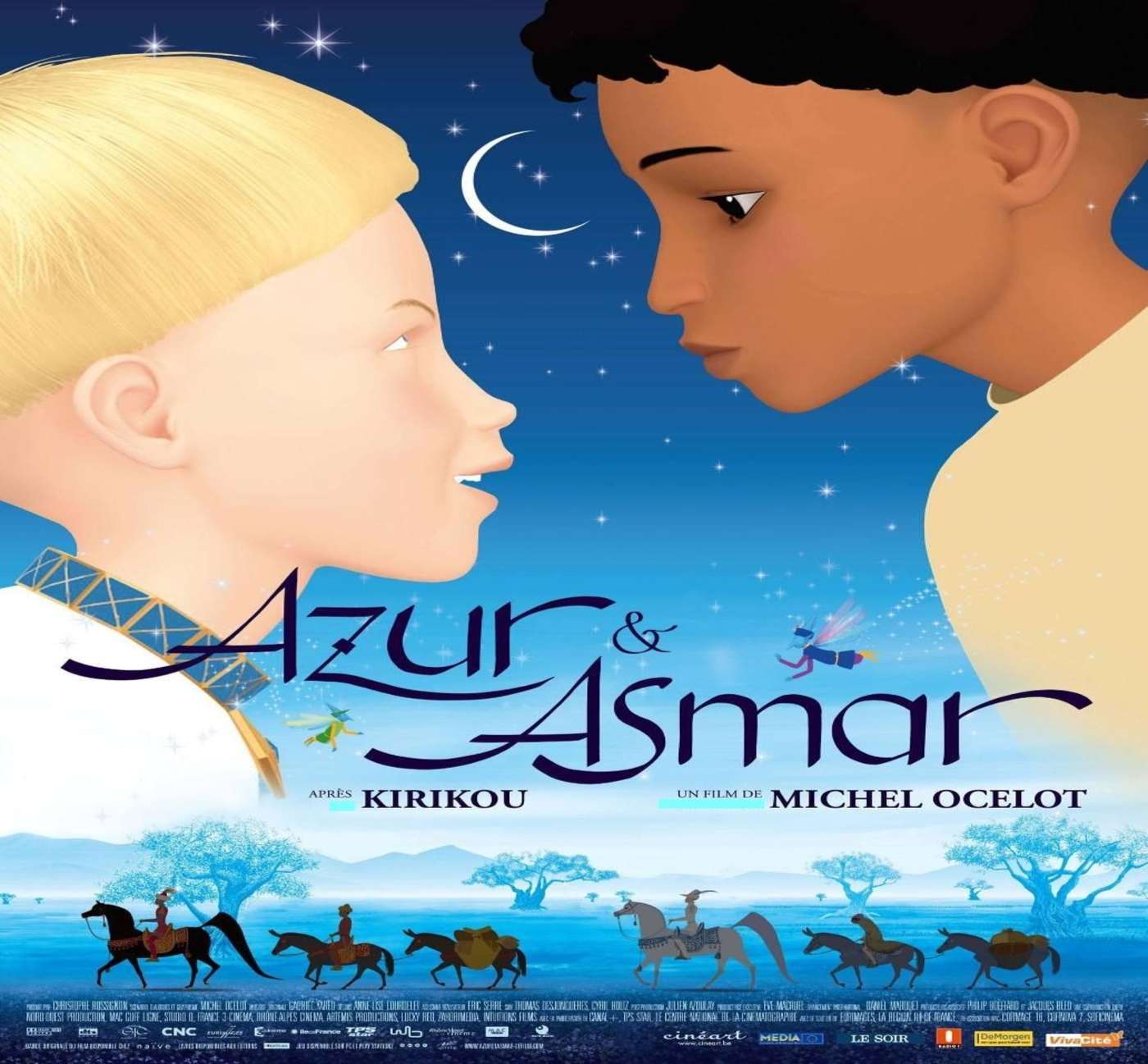
Plot Overview
“Azur et Asmar” unfolds in a Mediterranean port city, where two boys, Azur and Asmar, grow up as brothers under the care of Asmar’s mother. Separated by privilege and immigration, their destinies collide when they embark on a quest to find the Djinn Fairy, leading them through diverse cultures and landscapes.
The film beautifully portrays cultural fusion, emphasizing the growth of Azur and Asmar as they overcome societal prejudices and discover the value of shared experiences. Through their journey, the film delivers a powerful message of empathy, understanding, and unity in a world rich with diversity.
Cultural Mosaic
The film introduces us to two distinct cultures – Azur, raised in a European castle, and Asmar, raised by Azur’s nurse who hails from an Arabic background. The cultural contrast is evident in the architecture, clothing, and customs depicted in the film.
This film excels in being one of the most visually stunning animated creations of all time, boasting a vibrant and breathtaking palette of colors. Each frame is a masterpiece, making it possible to capture individual portraits of the film’s beauty at any moment.
Additionally, the movie impressively weaves in a rich tapestry of cultural references. For instance, upon Azur’s arrival in a foreign land, the locals perceive him as a devil due to his blue eyes, shedding light on a real cultural phenomenon. Another noteworthy instance occurs in a market where two vendors, one speaking French and the other Arabic, engage in a fascinating linguistic exchange. These subtle yet impactful details contribute to the film’s overall allure and depth.
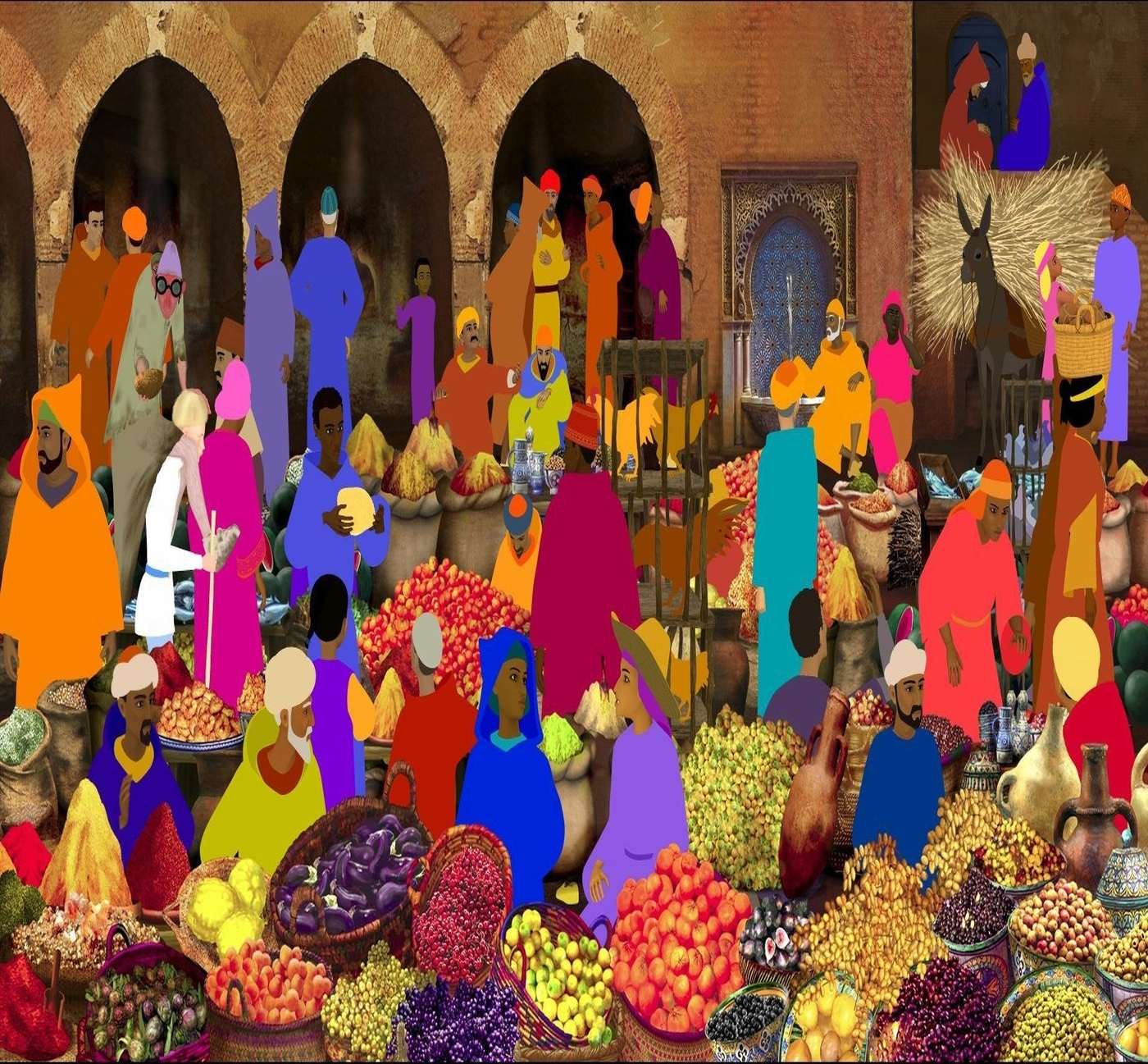
Embodied Elegance – Azur’s European Heritage
Azur, the blond blue-eyed boy, born to privilege in a European castle, embodies the elegance and refinement of this culture. The castle is adorned with intricate designs, Gothic architecture, and lush landscapes. Azur’s attire, resembling medieval European nobility, further emphasizes his aristocratic upbringing.
However, Azur’s initial ignorance and arrogance toward other cultures serve as a flaw that he must overcome in his character development. His journey becomes a transformative one, as he gradually learns the value of cultural diversity and understanding.
Asmar’s Resplendent Roots – Arabic Heritage
Asmar, the dark-skinned, on the other hand, is raised in a household deeply rooted in Arabic culture. The warm color palette, geometric patterns, and desert landscapes showcase the vibrancy and richness of his upbringing. Asmar’s clothing reflects the traditional garments of his culture, emphasizing the connection with his roots.
Asmar’s character development is shaped by his deep connection to his cultural heritage. He possesses a wisdom and humility that Azur lacks initially. As the story progresses, Asmar becomes a guide not only for Azur but also for the audience, offering valuable lessons about acceptance and the beauty of diversity.
Djinn Fairy
The Djinn Fairy represents more than a fantastical element; she is the catalyst for both personal and cultural transformation. Symbolizing the transformative journey they undergo, it challenges their preconceived notions and fosters understanding. Through encountering the fairy’s magical elements, the brothers-turned-rivals confront cultural biases, overcome obstacles, and ultimately develop a deeper understanding of each other’s backgrounds.
Its presence serves as a reminder that growth involves embracing the unknown, navigating challenges, and finding common ground, contributing to Azur and Asmar maturation and the theme of unity amidst diversity.
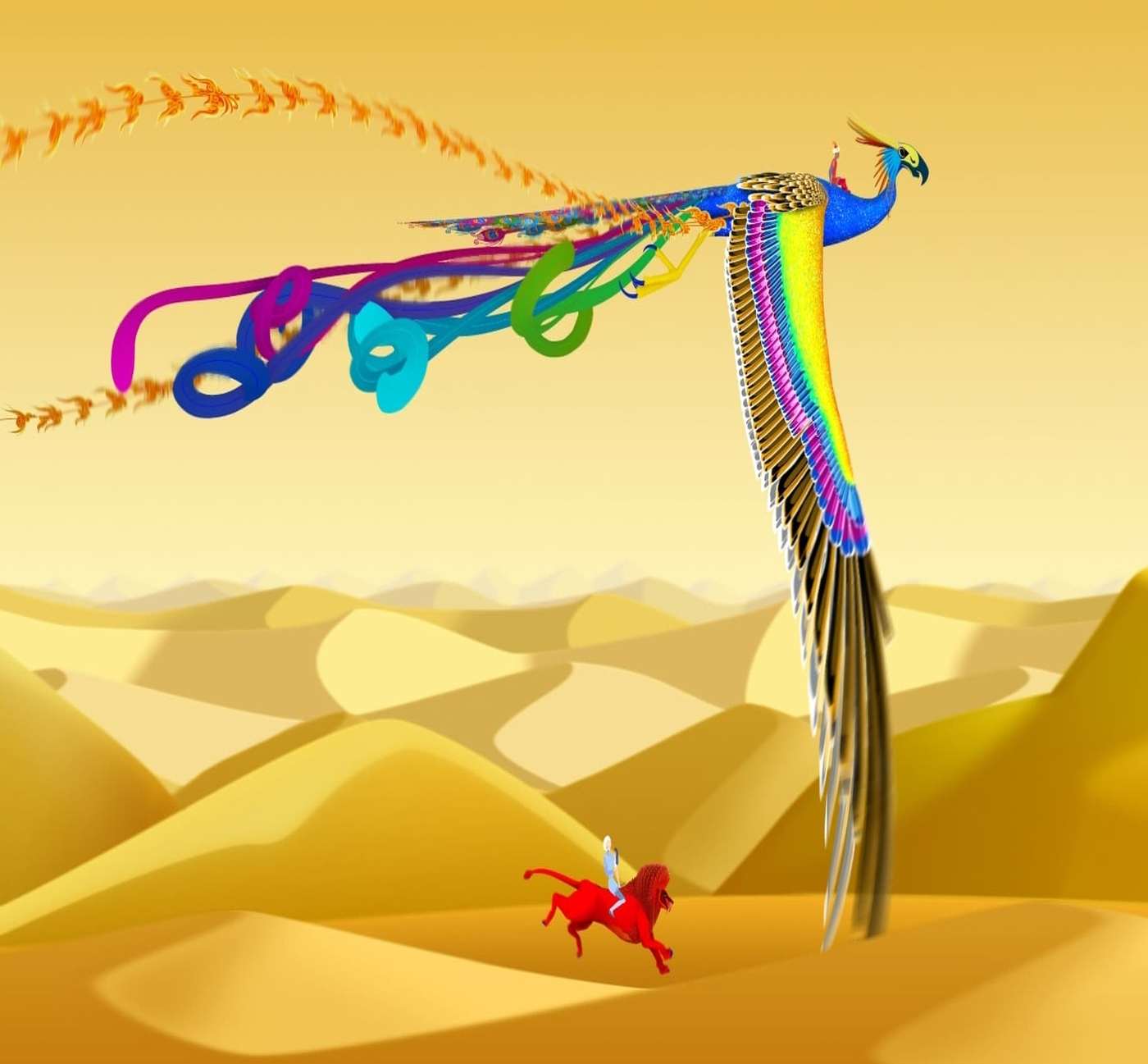
Character Development Through Cultural Encounters
Cultural Understanding
In the early stages of the film, Azur holds biases about North Africa, and Asmar views Azur with suspicion due to his European background. However, as the narrative unfolds, moments of cultural exchange become catalysts for change. An example is when Asmar passionately shares a North African folk tale with Azur, emphasizing the richness of his heritage. Simultaneously, Azur, captivated by a traditional North African musical performance, begins shedding his preconceptions. These instances mark the beginning of their mutual journey toward cultural understanding.
Overcoming Prejudice
Crucial to both Azur and Asmar’s growth is a scene where Azur reacts negatively to a North African ritual, sparking a confrontation with Asmar. In this pivotal moment, Asmar not only defends his cultural practices but takes the opportunity to educate Azur about their significance. The exchange challenges both characters to confront and shed their prejudices, setting the stage for a more harmonious relationship.
Brotherly Bond
Throughout their journey, moments of vulnerability and shared laughter strengthen the bond between Azur and Asmar. A poignant scene might involve a heartfelt conversation where they open up about their fears and dreams, deepening their connection. Shared experiences, such as facing mythical creatures, and sacrificing their lives for each other contribute to the emotional depth of their relationship.
Maturity & Acceptance
As the characters mature emotionally, a reflective scene could have Azur and Asmar acknowledging their individual growth. Azur might express gratitude for the richness of North African culture, acknowledging his earlier misconceptions. Similarly, Asmar could appreciate the positive aspects of European culture introduced by Azur during their journey.
Resolution of Conflict
The film’s climax involves a confrontation where Azur and Asmar must unite their strengths to overcome a final challenge. This significant moment not only resolves the immediate conflict but also symbolizes the triumph of understanding and unity. The discovery of the Djinn Fairy serves as a culmination, accompanied by a shared realization that being different is not actually a bad thing, fostering a sense of harmony and acceptance.
A Timeless Tale of Growth & Acceptance
In the nuanced layers of “Azur et Asmar,” Michel Ocelot crafts a tale that extends beyond a mere animated feature. It is a journey through the complexities of friendship, cultural revelation, and personal transformation. As the characters navigate the intricate threads of their lives, the audience is treated to a visual and emotional experience that invites reflection on the universal themes of unity and understanding. “Azur et Asmar” is a tapestry of storytelling brilliance, inviting viewers to appreciate the beauty that lies in embracing diversity.



